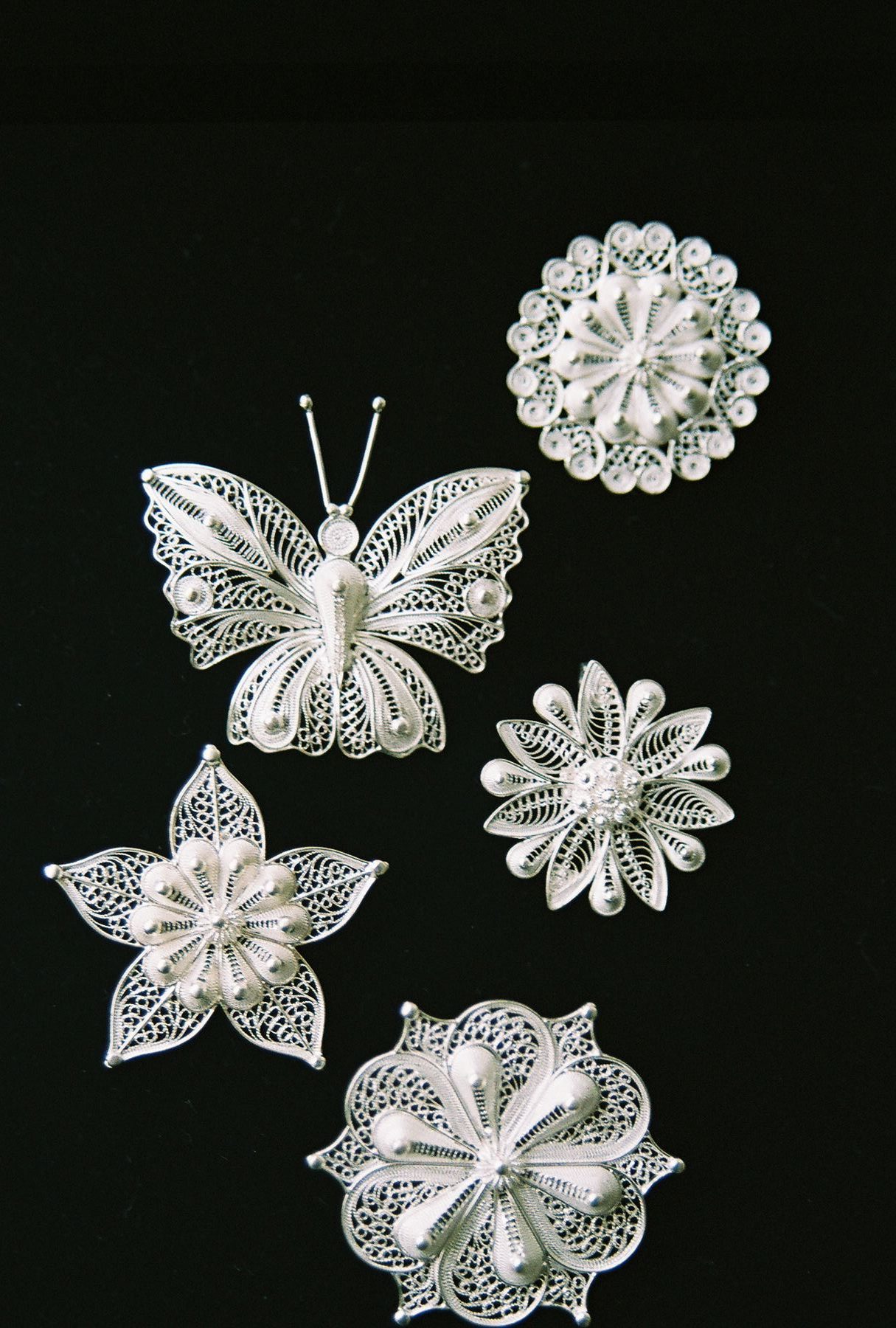Astounding Silver Filigree
Silver Filigree is astounding carftwork. This craftwork is one of the most admired forms of art and has captivated men and women alike, since the beginning of time. From house decorations to jewelry, we owe a lot to our craftsmen for the beautiful pieces of art that they provide us with.
India has several communities of craftsmen all across the land- each with their own unique handicraft but Filigree is one among them that is perhaps the most exquisite to behold.
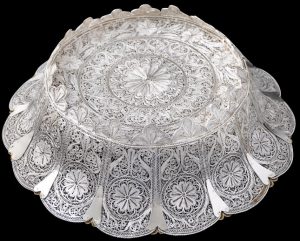
An ancient form of art believed to be invented in Egypt or Mesopotamia, Filigree involves intricate designing and shaping of fine metals like gold and silver into objects. These were often known as the ‘Telkari’ handicraft and still can be found in upper Mesopotamia.
While filigree certainly did not originate in India, the artisans of Odisha are quite well-practiced in Silver Filigree works and have practiced it for centuries- giving the art form the local name of ‘Cuttacki Telkari’
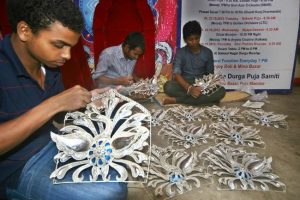
It is quite a complex process and has several steps in Silver Filigree:
• The bars of metals are melted to form solid rod-like structures.
• The rods are then created into fine wires with the help of manual machines.
• The wires are finally shaped carefully into the resulting items.
• Wires are often crimped for the zig-zag effect found in filigree objects.
• Silver and Gold are the most malleable and ductile metals- thus making them the common metals for this art form.
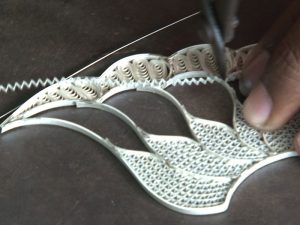
From show pieces to wall hangings to jewelry, filigree items have found a large user base across all consumer markets. Very often they are shaped into gift items or exclusive utensils, to be used for special and auspicious occasions.
Common objects include in Silver Filigree
• Jewellery like earrings or bangles.
• Small serving trays or bowls.
• Temple or Idol replicas.
• Decorative storage boxes.
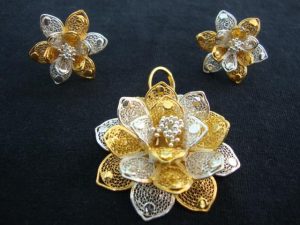
In recent times, many of us have forgotten the value of these intricately handcrafted items which are the cumulative effect of the efforts of several artisans. We must always remember to honor these craftsmen and make efforts to popularise the forgotten arts of old days.

